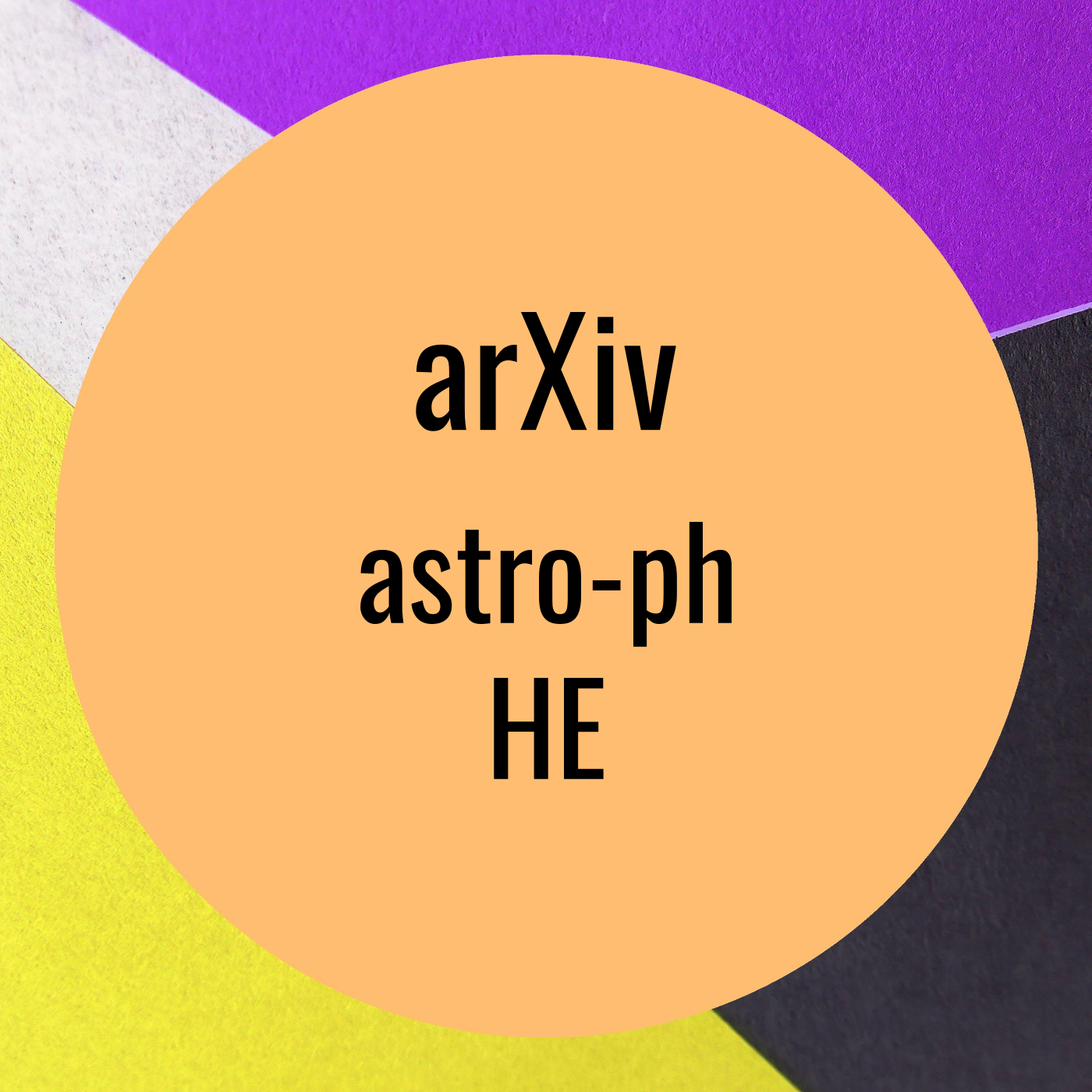Multiplicity of TeV muons in air showers detected with IceTop and IceCube
Description
Multiplicity of TeV muons in air showers detected with IceTop and IceCube by Stef Verpoest. on Wednesday 30 November
The IceCube Neutrino Observatory at the South Pole can provide unique tests
of muon production models in extensive air showers by measuring both the
low-energy (GeV) and high-energy (TeV) muon components. We present here a
measurement of the TeV muon content in near-vertical air showers detected with
IceTop in coincidence with IceCube. The primary cosmic-ray energy is estimated
from the dominant electromagnetic component of the air shower observed at the
surface. The high-energy muon content of the shower is studied based on the
energy losses measured in the deep detector. Using a neural network, the
primary energy and the multiplicity of TeV muons are estimated on an
event-by-event basis. The baseline analysis determines the average multiplicity
as a function of the primary energy between 2.5 PeV and 250 PeV using the
hadronic interaction model Sibyll 2.1. Results obtained using simulations based
on the post-LHC models QGSJet-II.04 and EPOS-LHC are presented for primary
energies up to 100 PeV. For all three hadronic interaction models, the
measurements of the TeV muon content are consistent with the predictions
assuming recent composition models. Comparing the results to measurements of
GeV muons in air showers reveals a tension in the obtained composition
interpretation based on the post-LHC models.
arXiv: http://arxiv.org/abs/http://arxiv.org/abs/2211.16970v1
More Episodes
Hard X-ray Observations of the Hydrogen-poor Superluminous Supernova SN 2018hti with NuSTAR by Igor Andreoni et al. on Wednesday 30 November
Some Hydrogen-poor superluminous supernovae are likely powered by a magnetar
central engine, making their luminosity larger than common supernovae....
Published 11/30/22
Fundamental physics with neutron stars by Joonas Nättilä et al. on Wednesday 30 November
Neutron stars are rich laboratories of multiple branches of modern physics.
These include gravitational physics, nuclear and particle physics, (quantum)
electrodynamics, and plasma astrophysics. In this...
Published 11/30/22
Published 11/30/22


